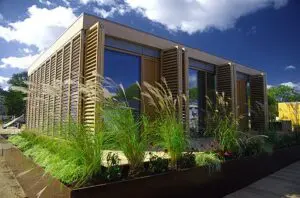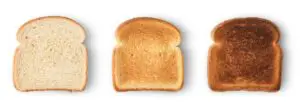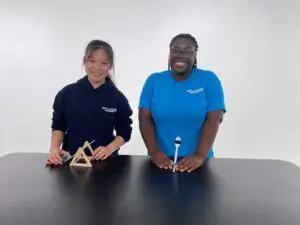Inclined plane: A ramp, or a tilted flat surface; inclined planes are a type of simple machine used to push or pull a load.
Kinetic energy: Energy of motion. A marble moving through a pinball machine is using kinetic energy.
Lever: A bar that sits on a pivot, like a crowbar or a shovel. Sometimes used to move heavy objects.
Potential energy: Stored energy. A marble before it starts rolling has potential energy.












Thank you! Your submission is processing.